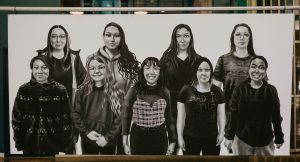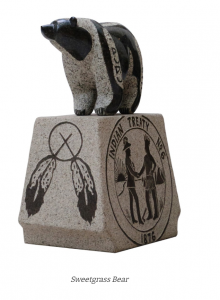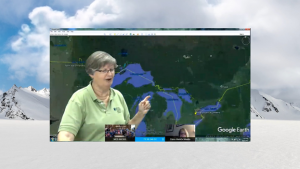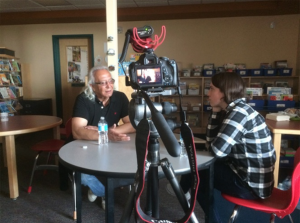As described in my previous blog posts, VR and AR technology are leading the way in enabling Indigenous communities to pursue self-determination and sovereignty. Winter and Boudreau (2018) illuminate the highly Eurocentric conceptions of “civilized” and “savage” in addition to “past” and “present”, insinuating the Indigenous cultures invariably must “assimilate” to survive into future: their cultures are not static however, but always in flux. Even regarding the latter categorizations as “linear” does a disservice to Indigenous epistemologies and perspectives on the world (Winter and Boudreau, 2018). These troublesome categorizations privilege Eurocentric perspectives, making them tech-centered rather than human-centered. Winter Boudreau (2018) reiterate this by stating that we must disrupt the need-based approach in the digital divide and transition to a strength-based approach that support bottom-up community initiatives.
Indigenous creators can leverage these technologies by using animation, design, code, art, etc. to continue traditions of oral storytelling, in addition to pursuing decolonization efforts (Winter & Boudreau, 2018). Creating partially and fully immersive worlds can help Indigenous youth in particular to learn about their relationship with the land, practice traditional skills, and even their languages. The existence of Indigenous-produced VR and AR directly dispels the myth that traditional cultures cannot be reconciled with such technology.

Figure 1. Winter & Boudreau (2018). The School virtual camp. Retrieved June 18, 2021, from https://www.proquest.com/scholarly-journals/supporting-self-determined-indigenous-innovations/docview/2035667161/se-2?accountid=14656. Screenshot by Katrina Metallic.
References
Winter, J., & Boudreau, J. (2018). Supporting self-determined indigenous innovations: Rethinking the digital divide in canada. Technology Innovation Management Review, 8(2), 38-48. https://doi.org/10.22215/timreview/1138




